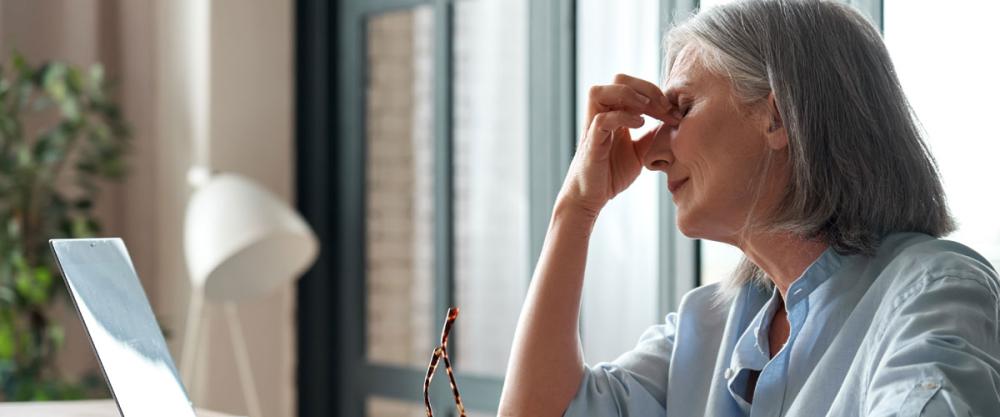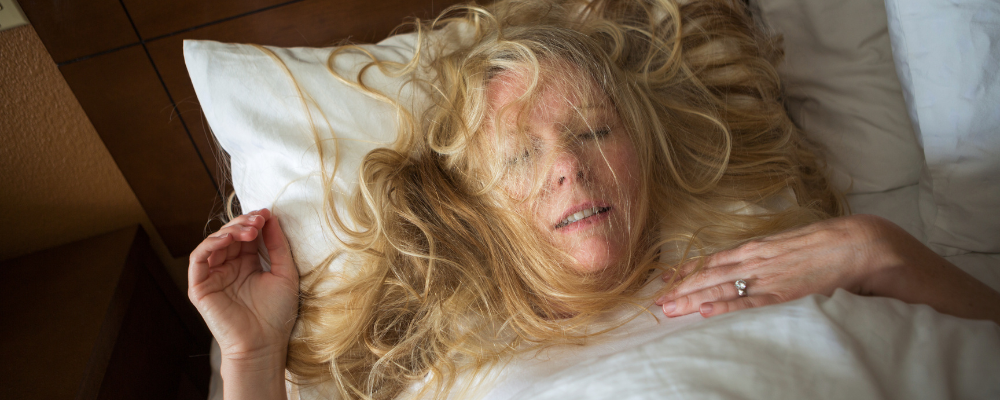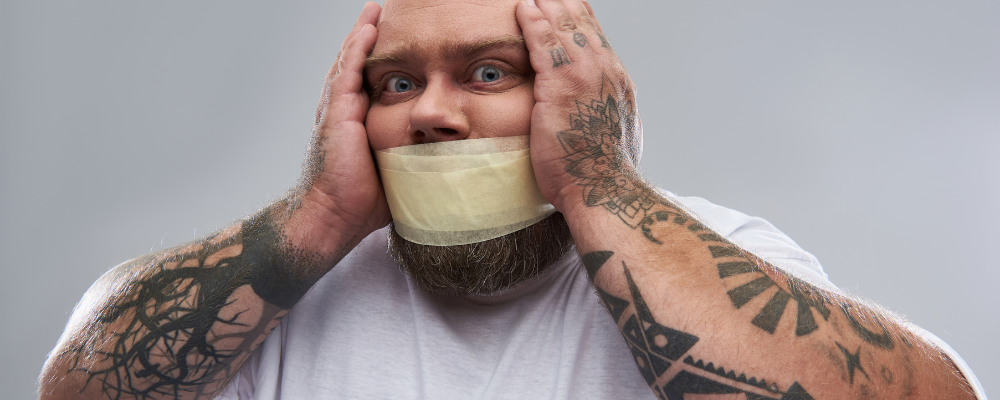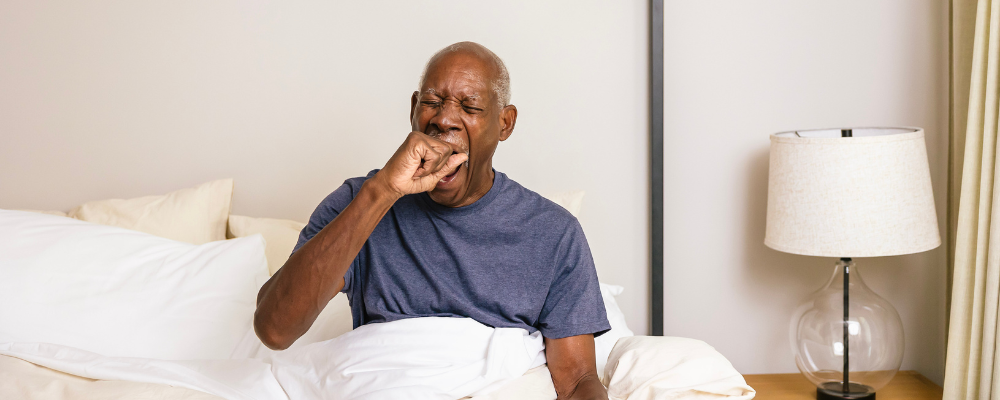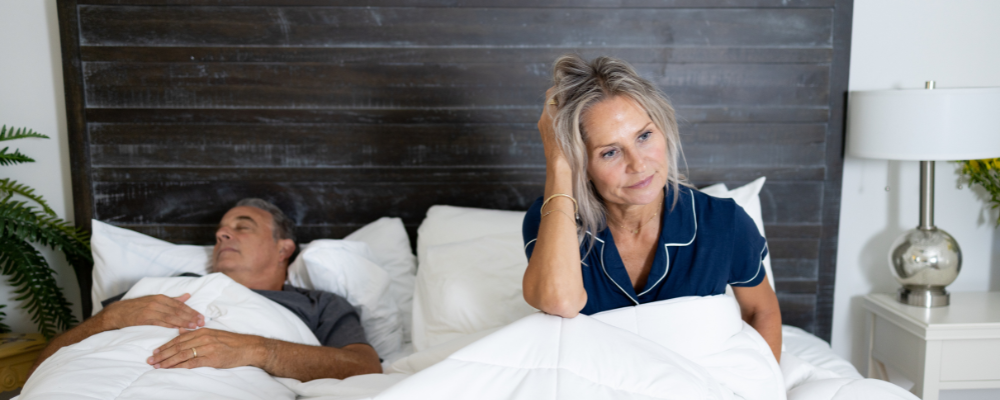Each Spring, when we ‘spring forward’ from standard time into daylight savings time (DST), we may struggle with fatigue for a few days, sometimes longer. The loss of one hour of sleep may not seem like a big deal, but it’s just a small part of the impact the Spring time change has on our bodies. The disruption to our body clock can go so far as to affect public health and safety. But don’t despair (or lay down for an afternoon nap) just yet! We’ve also got some helpful guidance on how to prepare for and adjust to DST.
What Are the Side Effects of Daylight Savings Time?
An abrupt clock change disrupts the body’s circadian rhythm, which governs our 24-hour sleep wake cycle, hormone regulation, and mental function such as attention and concentration. Light exposure plays a central role in how our circadian rhythm is set. Light cues our bodies to wake up in the morning, and the absence of light in the evening sends a signal to go to sleep.
Social Jet Lag
Waking in the dark suddenly at the start of daylight savings time disrupts our established sleep schedule. Not surprisingly this leads to daytime sleepiness, sometimes lasting up to 5-7 days. We’re waking earlier, having to be alert when we are usually asleep.
According to a 2021 study, this sleep disruption leads to what’s called “social jet lag.” It’s a term that describes the misalignment between our internal clock and our social clock, (the schedule set by work and school obligations).
Sleep Deprivation
The extended daylight hours of DST can make it harder to fall asleep at night too. Darkness is one of the cues that signals it’s time for bed. Darkness is one the cues that signal it's time for bed and tells our brain to produce melatonin.
So not only are we missing out on our ‘get up and go’ energy in the morning, our cue to go to sleep is delayed. This is why we so often hear that we should limit our screen time in the hours before bed, since blue light closely resembles sunlight.
Losing precious minutes or hours of sleep consistently can add up to significant sleep deprivation. All of this is true whether we’re traveling across time zones or switching between DST and Standard time.
Some of the side effects of sleep loss include:
- Depression
- Slowed metabolism and weight gain
- Headaches
- Increased risk for heart attack and stroke
- Increased risk for occupational errors and car crashes
Public Health and Safety Risks
We’ve seen how the transition to a later time can affect our health on an individual level. There are also collective health risks. When people don’t get enough sleep, they aren’t as alert at their jobs, especially if they work early morning shifts.
For people who operate heavy machinery or power tools, work in high stakes jobs that require extreme attention to detail, drive long hours, or work in a generally hazardous environment, the risks are higher. In fact, a 2020 study found that in the days following the start of DST, there was a 6% increase in fatal traffic accidents.
What Are Some Ways to Adjust to Daylight Savings Time?
Part of preparing for and adjusting to a time change is to practice good sleep hygiene as you would normally:
Avoid caffeine in the afternoon and meals within the few hours before bed time.
Gradually shift your bedtime and wake up time back bit by bit in the week before DST starts, until you get to a full hour prior to the usual.
Exercise caution while driving, especially first thing in the morning.
Turn off screens an hour before bed time.
Get sunlight exposure as soon as you can after you wake up.
Read a book (not an e-Reader), turn on some white noise, take a bath, meditate; all of these are wonderful sleep habits that signal to your body that it’s time to wind down.
Keep the naps short. If you need a nap to cope with fatigue and daytime sleepiness, keep it short (30 minutes or less) and take them before 3pm to preserve your nighttime sleep.
Are Seasonal Time Changes Going to Stop?
Right now, it's up in the air. The prospect of doing away with seasonal time changes altogether has wide support from the American people. But it seems there is no consensus on which schedule is best: some people want permanent DST, some want permanent standard time.
Each state has limited control over whether they observe seasonal time changes. They can opt out of DST altogether, as Hawaii and Arizona currently do. But 18 other states have passed legislation that would allow the to move to year round DST if and when federal law allows it.
In 2021, the Sunshine Protection Act was introduced in the Senate that would shift the whole country to Daylight Savings time permanently. The idea was that extended daylight in the afternoon would spur economic activity and outdoor recreation late in the afternoon into the evening.
The Sunshine Protection Act was approved unanimously by the Senate. Now the bill has been sent to the House of Representatives, but it has yet to be taken up.
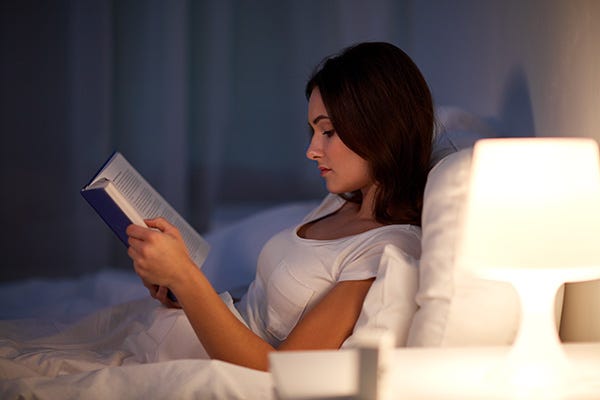

Which Is Better, Daylight Savings Time or Standard Time?
For all of the reasons we’ve discussed here, it’s perhaps not surprising that healthcare providers and sleep specialists recommend standard time year round. This is of course contrary to the goal of the Sunshine Protection Act, as well as the preference of many Americans, who enjoy the extended daylight hours during DST.
The American Academy of Sleep Medicine (AASM) released a position statement, updated in March 2023, which cites a closer alignment of standard time with our natural circadian rhythm.
Only time will tell if we’ll move to permanent standard time, daylight savings time, or if we keep up with the twice yearly ritual of changing our clocks on a Sunday morning at 2 AM!
References
“55% of US Adults Feel Tired after Spring Daylight Saving Time Transition.” American Academy of Sleep Medicine – Association for Sleep Clinicians and Researchers, 19 Feb. 2020, https://aasm.org/survey-results-us-adults-feel-tired-spring-daylight-saving-time-transition/
“AASM Continues to Oppose Permanent Daylight Saving Time Bill.” American Academy of Sleep Medicine – Association for Sleep Clinicians and Researchers, 2 Mar. 2023, https://aasm.org/aasm-opposes-permanent-daylight-saving-time-bill-sunshine-protection-act/
“American Academy of Sleep Medicine: Eliminate Daylight Saving Time.” American Academy of Sleep Medicine – Association for Sleep Clinicians and Researchers, 27 Aug. 2020, https://aasm.org/american-academy-of-sleep-medicine-calls-for-elimination-of-daylight-saving-time/
“Daylight Saving Time.” Sleep Education, https://sleepeducation.org/resources/daylight-saving-time/
Daylight Saving Time: Americans Want to Stay Permanently ‘Sprung Forward’ and Not ‘Fall Back’ | YouGov. https://today.yougov.com/topics/politics/articles-reports/2021/11/04/daylight-saving-time-americans-want-stay-permanent
“Daylight Saving Time Health Advisory - AASM Recommendation.” American Academy of Sleep Medicine – Association for Sleep Clinicians and Researchers, https://aasm.org/advocacy/position-statements/daylight-saving-time-health-advisory/
“Daylight Saving Time: State Approaches, History and Impact - The Council of State Governments.” The Council of State Governments -, 7 Nov. 2022, https://www.csg.org/2022/11/07/daylight-savings-time-state-approaches-history-and-impact/
Daylight vs. Standard: A Debate That Could Stall the “Sunshine Protection Act” | Sleepopolis. https://sleepopolis.com/news/daylight-savings-bill/
Effects of Light on Circadian Rhythms | NIOSH | CDC. 16 May 2022, https://www.cdc.gov/niosh/emres/longhourstraining/light.html


